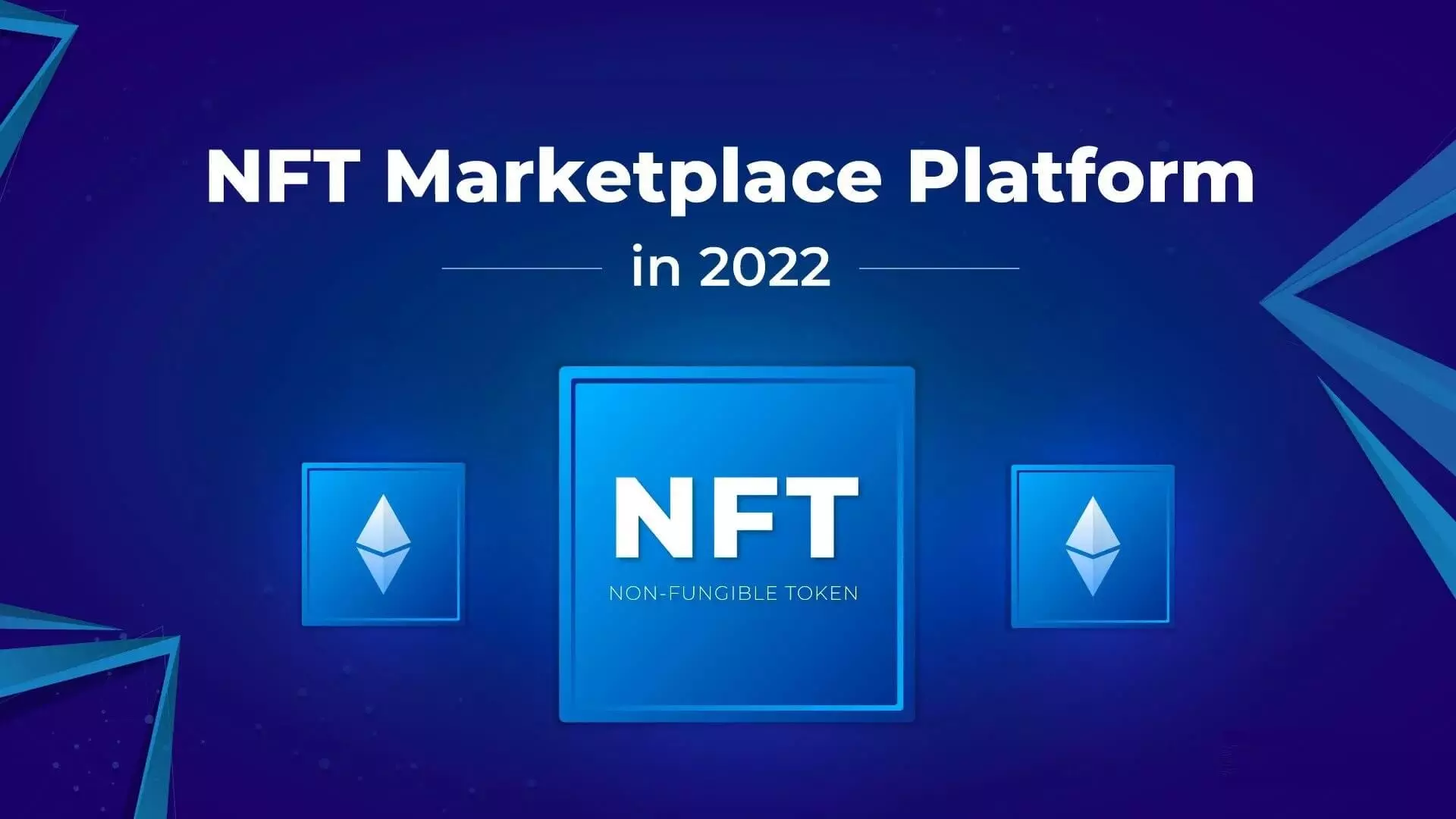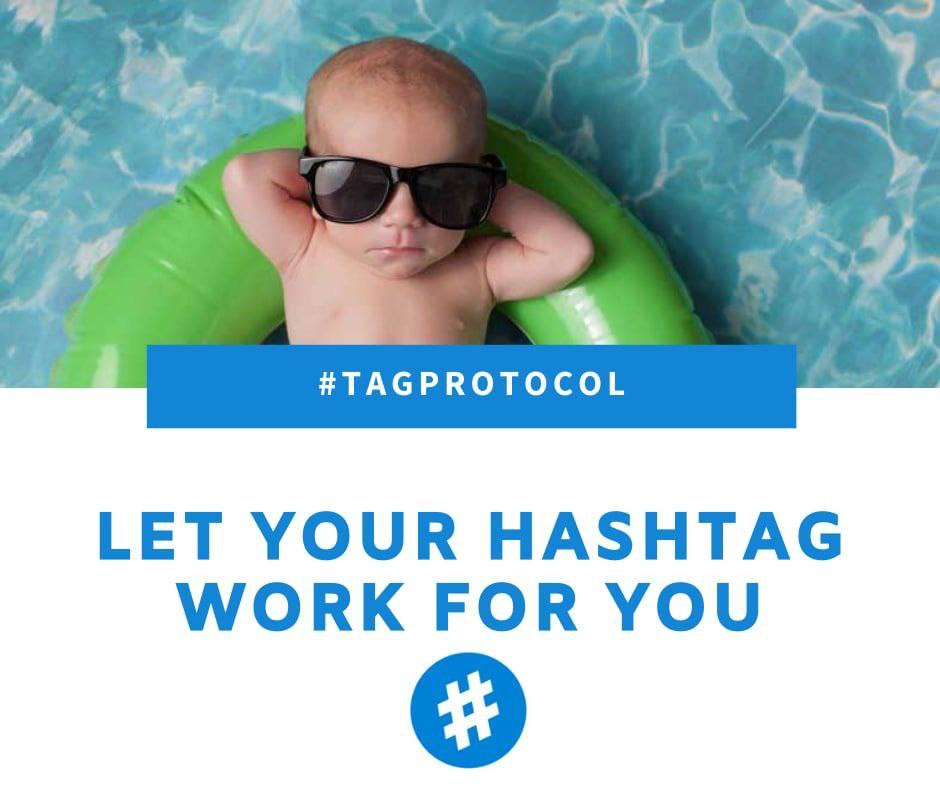
In recent years, NFTs (non-fungible tokens) have become a popular buzzword in the world of art and technology. Artists, collectors, and creators are using NFTs to buy, sell, and trade digital art in a way that was not possible before. But what exactly are NFTs, and how are they changing the way we think about owning digital art? In this blog post, we’ll explore the basics of NFTs, how they work, and why they’re important for digital artists and collectors alike.

Content
What Are NFTs?
At its core, an NFT is a unique digital asset that represents ownership of a specific item, such as a piece of digital art, music, or video. NFTs are stored on a blockchain, which is a decentralized, digital ledger that records transactions. Unlike cryptocurrencies like Bitcoin or Ethereum, which are fungible (meaning each unit is the same as any other), NFTs are non-fungible, meaning each one is unique and cannot be replaced by something else.
Let’s break it down:
- Fungible: Something that is replaceable or interchangeable, like a dollar bill or a Bitcoin.
- Non-Fungible: Something that is unique and can’t be swapped for an identical item, like a one-of-a-kind painting or an original song.
This uniqueness is what makes NFTs special. When someone buys an NFT, they’re not just buying a copy of a digital file—they’re buying proof of ownership of the original version of that file, secured by blockchain technology.
How Do NFTs Work?
NFTs are created, bought, and sold using blockchain technology, which makes the ownership of digital assets both transparent and secure. Here’s how the process works:
- Creating an NFT (Minting): When an artist creates a piece of digital art, they can “mint” an NFT to represent it on the blockchain. This means they create a digital token that proves the art is original and belongs to them. The NFT includes data such as the artist’s name, the date it was created, and a link to the digital file.
- Buying and Selling NFTs: Once an NFT is created, it can be sold on NFT marketplaces like OpenSea, Rarible, or Foundation. When someone buys an NFT, they are buying the rights to claim ownership of that piece of digital art. The transaction is recorded on the blockchain, making it easy to verify who owns the NFT at any given time.
- Ownership: The person who owns the NFT has proof of ownership, but the digital art itself can still be shared or viewed by others online. What makes NFTs special is that while anyone can see the image, video, or file, only one person holds the official rights to it, much like owning a physical painting.
How Are NFTs Changing the Art World?
Before NFTs, it was hard for digital artists to make money from their work because digital files like images or videos can be easily copied and shared without permission. However, NFTs solve this problem by providing a way to prove ownership of the original file. Here’s how NFTs are changing the art world:
1. Ownership of Digital Art
In the physical world, when you buy a painting or a sculpture, you own the original piece. NFTs make it possible to have the same sense of ownership in the digital world. Even though anyone can download a copy of the digital art, only the person with the NFT can claim to own the original. This gives digital art value in a way that wasn’t possible before.
2. Empowering Artists
NFTs give digital artists more control over their work. With NFTs, artists can sell their creations directly to buyers without needing a gallery or an art dealer. They can also earn royalties whenever their NFT is resold, which ensures they continue to benefit from the increasing value of their work. This is especially important for independent creators who rely on the digital marketplace.
3. New Opportunities for Creators
Because NFTs can represent more than just images, artists are experimenting with new forms of creativity. Musicians are using NFTs to release songs, filmmakers are selling short films as NFTs, and even writers are exploring how NFTs can represent digital books or poems. The possibilities are endless, and NFTs are opening up new ways for creators to share and monetize their work.
Why Do NFTs Matter for Digital Art?
For years, digital art has struggled with issues of piracy and replication. With no way to track or prove ownership, it was difficult for digital artists to establish the value of their work. NFTs change this by using blockchain technology to certify the originality and ownership of a piece of digital art. Here’s why this is important:
1. Proof of Authenticity
NFTs provide undeniable proof of authenticity. This means that a digital artwork is verifiably original and linked to the artist who created it. Anyone can look up the history of an NFT and see who created it, who owns it, and any past transactions. This transparency adds value to the artwork because collectors can be certain they are buying an original.
2. Scarcity and Value
In traditional art, scarcity often increases the value of a work. For example, a limited-edition print or a one-of-a-kind sculpture is usually worth more because it’s rare. NFTs bring this same concept to digital art. By creating only a limited number of NFTs for a piece of art—or even just one—artists can make their digital works scarce and therefore more valuable.
3. Ownership in the Digital Age
In the age of the internet, where everything can be copied and shared, NFTs introduce a new way to think about ownership. You may see a digital artwork shared on social media, but only one person owns the original through the NFT. This shift in ownership is transforming how we think about the value of digital assets and intellectual property.
Are There Any Risks or Downsides to NFTs?
While NFTs are exciting, there are also some potential risks and challenges that come with them. It’s important to be aware of these before diving into the world of NFTs:
1. Volatility
The value of NFTs can be highly unpredictable. Some NFTs sell for millions of dollars, while others may lose value over time. The market for NFTs is still young, and prices can fluctuate wildly depending on trends and demand.
2. Environmental Concerns
NFTs, like cryptocurrencies, are created and traded using blockchain technology, which requires significant amounts of energy. The process of validating transactions on the blockchain (known as mining) can have a negative impact on the environment due to the high electricity consumption involved.
3. Copyright Issues
Just because someone buys an NFT doesn’t mean they own the copyright to the digital art. Ownership of the NFT does not always come with the right to reproduce, sell, or profit from the artwork in other ways unless specifically granted by the creator. This has led to confusion and legal challenges in some cases.
Conclusion
NFTs are revolutionizing the way we think about ownership in the digital age, especially when it comes to digital art. By allowing artists to create unique, provably authentic works that can be owned, bought, and sold, NFTs have opened up new possibilities for creators and collectors. While there are still some challenges and risks to navigate, there’s no doubt that NFTs are here to stay and are shaping the future of how we value and trade digital assets.
For digital artists, NFTs offer an exciting opportunity to control and profit from their work in ways that were not possible before. For collectors, owning an NFT provides a sense of exclusivity and pride in having a piece of the digital future. As the technology and the market continue to grow, NFTs will likely play an even bigger role in shaping the digital art world.

Jeremy is a crypto blog author who has been in the blockchain industry for 3 years. He loves to read and write about cryptocurrencies, blockchain technology, and cryptocurrency news. He is also an avid trader of various digital assets such as bitcoin and other altcoins on various exchanges including Binance, Bitfinex, Kraken, Kucoin etc.





